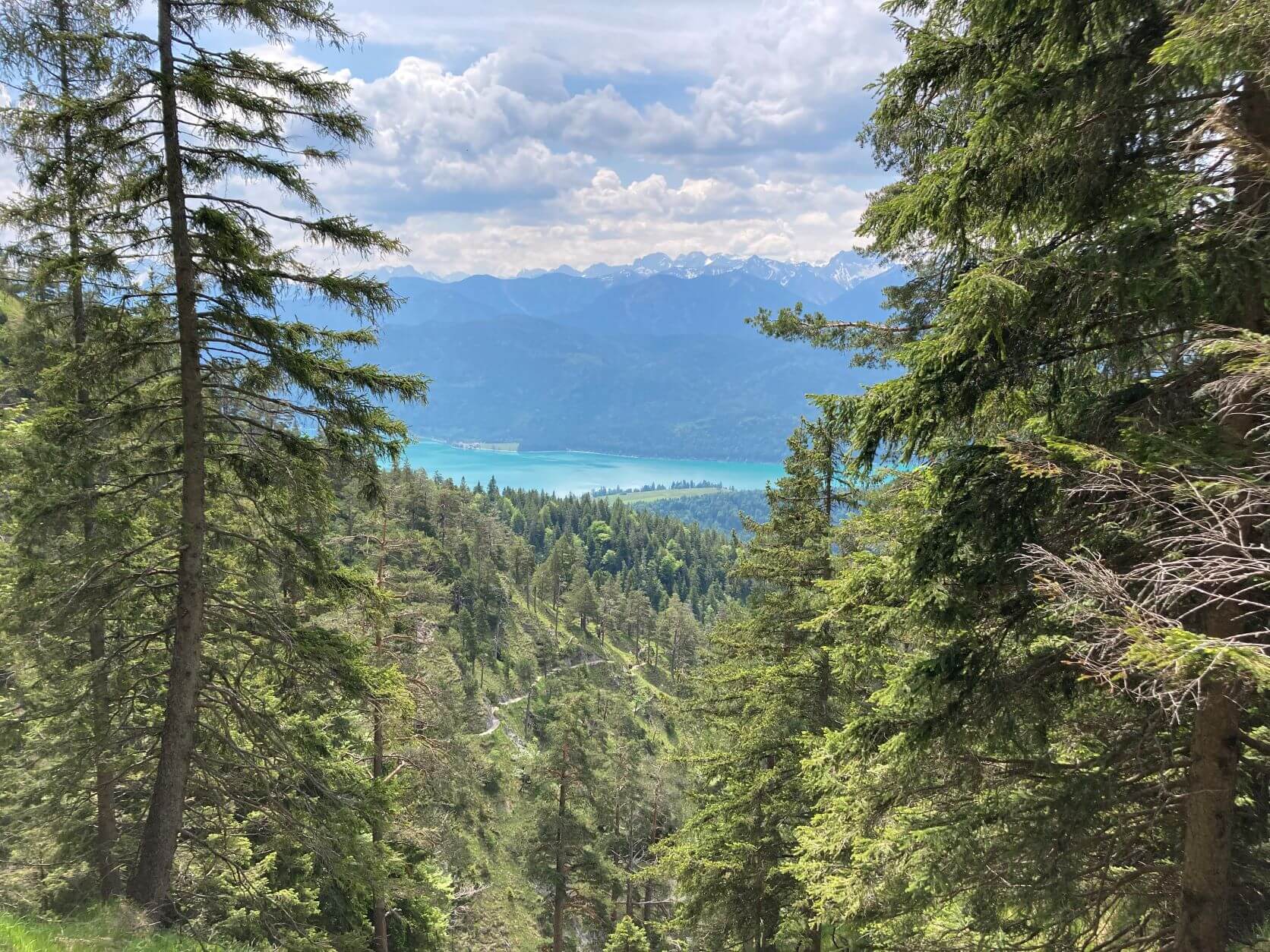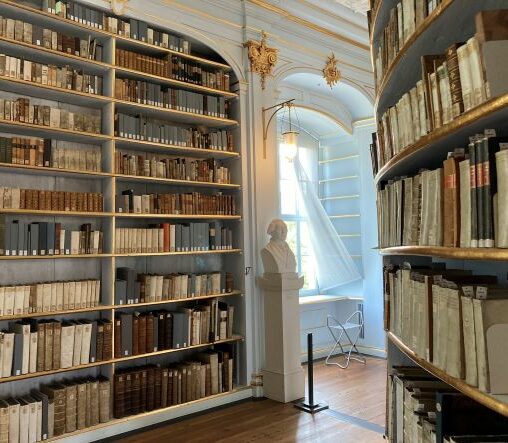
Facts
Name of the city: Weimar
Location: Thuringia, Central of Germany
Population: 65,090
Next international Airport: Erfurt-Weimar Airport (ERF)
Next Airport flying to Asia: Frankfurt Airport (FRA), Berlin Airport (BER)
Weimar – the place to be in Europe 200 years ago. Besides the famous writers Friedrich Schiller and Johann Wolfgang von Goethe the composers Franz Liszt and Richard Wagner lived and worked in the city. Weimar is also the birthplace of the Bauhaus university and therefore attracted famous painters and designers. You will experience the mix of historical significance, cultural hub and laid-back charm.
You can reach the city easily during your stay in Germany. It is located in the central part of Germany and is the fourth largest city within the state Thuringia. I arrived in the city after taking the train. It is very convenient as the train station is about one kilometer away from city center. You can either walk to the sights of Weimar or take the bus to Goetheplatz station to arrive at the city center. While walking, you will pass by beautiful facades.
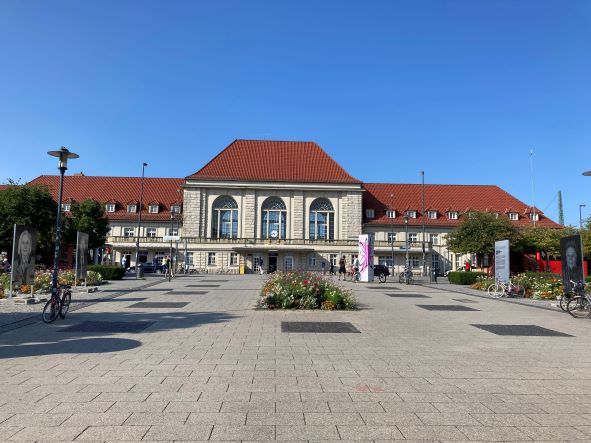
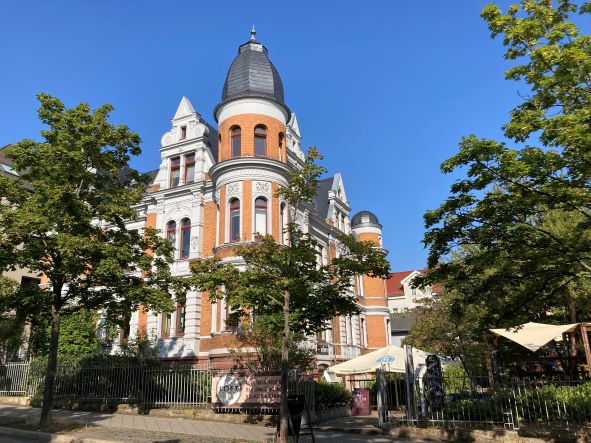
It is easy to find your way in Weimar. The signs are guiding you the way to the major attractions.
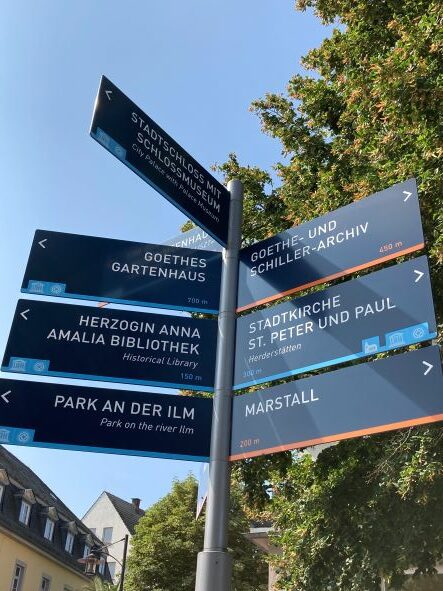
Weimar Accommodations
I visited Weimar as a day trip. I arrived early in the morning and took the train back home in the evening. You can explore the major attractions within one day. However, an overnight stay allows you more time to spend in the city and to enjoy the museums, the fantastic nature in the parks and gardens as well as beautiful castles in and around Weimar. Below I have listed you some accommodation suggestions I would choose from during my next stay.
Hotel Hollerbusch | 9.6 | €€€
Best Western Premier Grand Hotel Russischer Hof | 8.3 | €€€
36 Phô Cô Guesthouse | 9.2 | €€
Hotel & Apartments Fürstenhof am Bauhaus | 8.2 | €€
Stadt-Gut-Hotels – Das Kleine Hotel | 8.9 | €€
Weimar Tour Summary
Design styles: The Bauhaus Museum is the ultimate place to learn about recognizable design styles
Walk in the nature and visit famous sites: Stroll through the Ilm Park and enjoy iconic buildings such as Goethe Gartenhaus
Interested in over a million books: Explore the book lover’s dream attraction – the Duchess Anna Amalia Library
Attractions in Weimar
Goethe’s Residence and National Museum – home of Goethe for almost 50 years
In the Baroque house Wolfgang von Goethe lived in the house for almost 50 years. The building was constructed in 1709. Rooms have been redesigned by Goethe and are showing the classical ideals of the time. The furnishing of the last years of Goethe’s life have been mostly preserved.
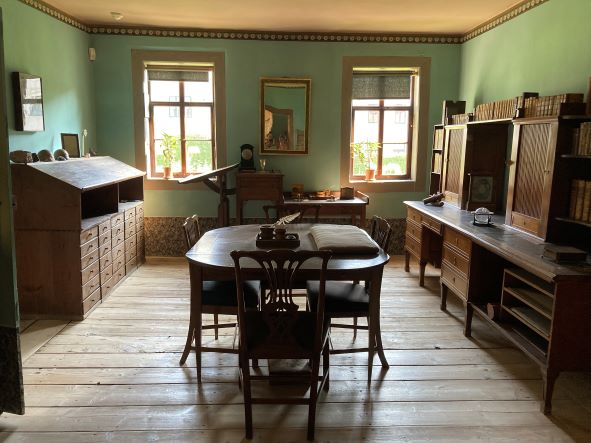
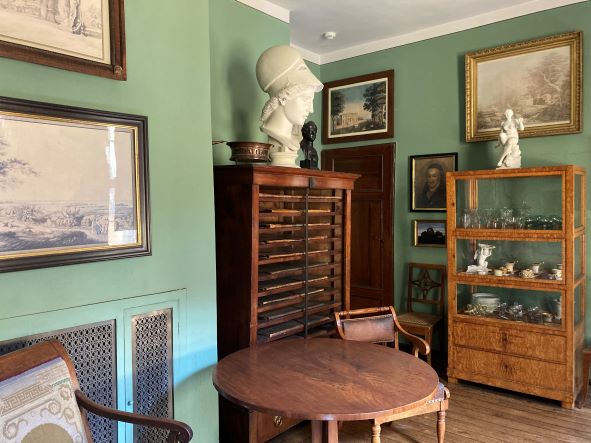
The number of visitors per day is limited due to reasons of conservation. Therefore, I recommend buying the ticket online in advance.
The Goethe National Museum is in the same building as the Goethe Residence. It is home to the art and nature collection. They are reflecting the diverse interest of Goethe.
Opening hours:
| Until April 13th: | April 14th – October 30th: | October 31st – end of the year: | Mondays |
| Tuesday to Sunday: 9:30 am – 4:00 pm | Tuesday to Sunday: 9:30 am – 6:00 pm | Tuesday to Sunday: 9:30 am – 4:00 pm | closed |
How to get there?
Take bus lines 1, 4, 5, or 8 to Wielandplatz station.
Anna Amalia Library – one of the most famous libraries in Germany
The Duchess Anna Amalia Library is in my opinion the must see attraction in Weimar. It is housed in the Green Palace from 1563, which is a UNESCO World Heritage Site.
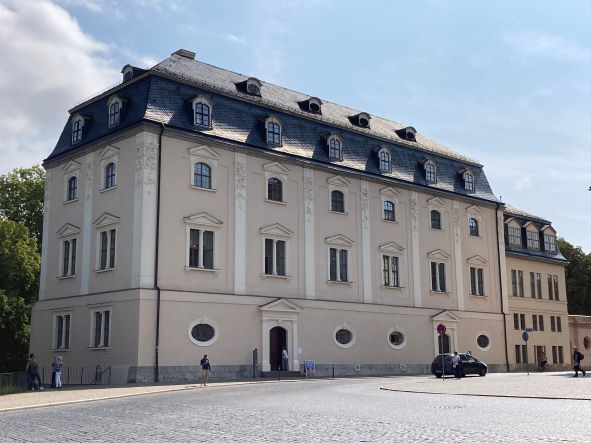
The Duchess Anna Amalia turned the palace into a library while combining books, art collection and architecture. The library houses Germany’s most important collections of classic literature. Ensure that you will see the Rococo Hall during your stay. It is a magnificent place.
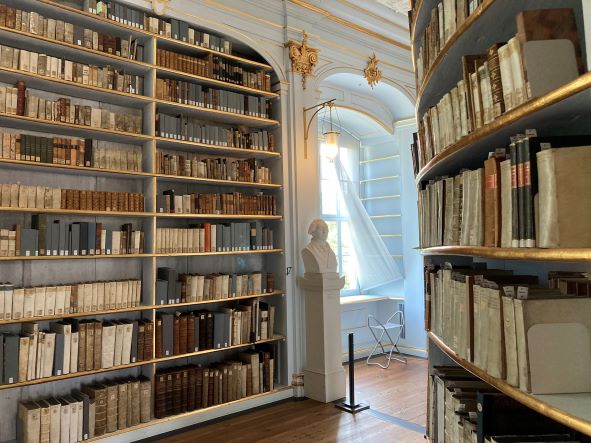
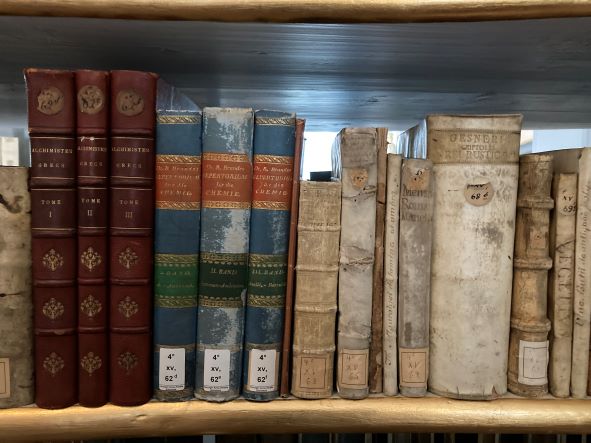
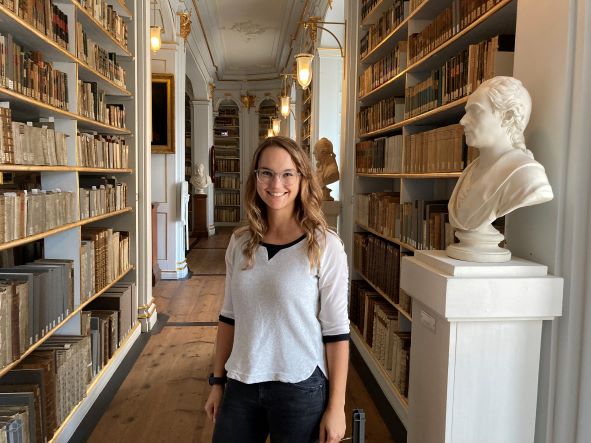
The adjacent Studienzentrum is open to the public and worth a visit as well. Can you imagine how many books are stored in this room only?
The number of visitors per day is limited due to reasons of conservation. Therefore, I recommend buying the ticket online in advance.
Opening hours:
| February 21st to April 13th: | April 14th – October 30th: | October 31st – February 20: | Monday |
| Tuesday to Sunday: 9:30 am – 4:00 pm | Tuesday to Sunday: 9:30 am – 6:00 pm | closed | closed |
How to get there?
The library is just a 300 meter walk away from Goethe’s Residence and National Museum.
City Castle
The castle was firstly mentioned in documents form the 10th century. It is the former residence of the family of Saxony-Weimar and Eisenach until their reign ended in 1918. The castle of Weimar is notable for its Neoclassical colonnade and is situated on the banks of the River Ilm.
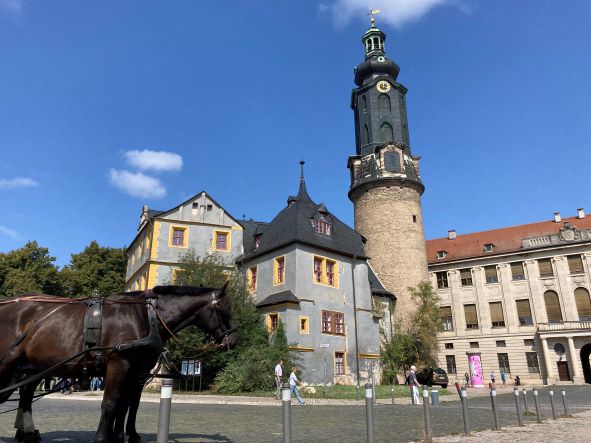
As the castle was closed for renovation during my visit, I could not explore it from the inside. However, it is known for its fine interior and staircase hall. Do not miss the Castle Museum home to extensive art collections. The renovation is slated to be completed in 2030.
See this page for more details about the Castle and information about the renovation progress.
Park on the Ilm – escape the city and explore famous landmarks
Just next to the City Castle and the Anna Amalia Library, the Park on the Ilm is located. The park is 48-hectare large. While walking through the park, you can see famous landmarks such as the Gartenhaus from Goethe (described below). Have you eyes open while strolling through the park. You may see visual axes, allowing you to spot bridges and buildings from afar.
Goethes Gartenhaus
The most iconic building in the Park on the Ilm is the Goethe Gartenhaus (Garde House). In the cottage, you can see original pieces of furniture. The Gartenhaus is a famous place. Goethe wrote the poem “To the Moon” and the ballad of the “Erlkönig” in the Gartenhaus.
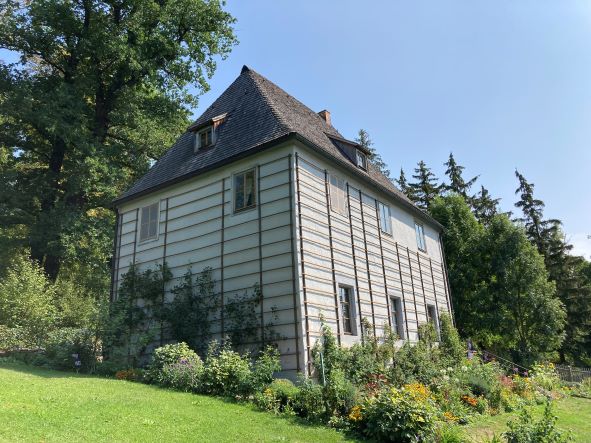
The uncultivated garden was designed by Goethe. The planted stairs, flowers and trees are creating a unique environment. You can recognize three sections of the garden: the slope behind the house, the grove of fruit trees and the vegetable garden. My highlight is the statue called “Stone of Good Luck”, one of the first non-figurative monuments in Germany.
The admission for a normal ticket is EUR 7.00 (reduced ticket option EUR 5.00) (as of August 2022).
Opening hours:
| Summer period: Tuesday to Sunday: | Winter period: Tuesday to Sunday: |
| 10:00 am – 6:00 pm | 10:00 am – 4:00 pm |
Haus Am Horn – designed and constructed by the Bauhaus Weimar
Close to Goethes Gartenhaus you will find the Haus am Horn. The model house, designed and constructed by the Bauhaus, was built for the 1923 Bauhaus exhibition. Visitors of the exhibition could explore the visions of modern living and architecture.
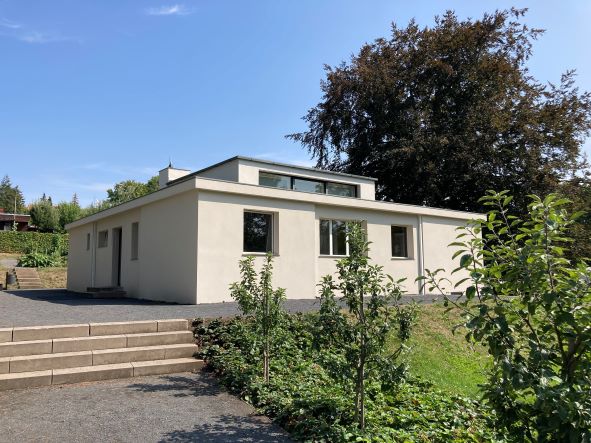
The admission for a normal ticket is EUR 5.00 (reduced ticket option EUR 4.00) (as of August 2022).
Opening hours:
Summer period: Wednesday to Monday: 10:00 am – 6:00 pm
Liszt House
After strolling through the park, I was visiting the Liszt House. One of the world’s greatest composers Franz Liszt lived in the house. Today, the house is modified into a museum showing the life and work of Liszt.
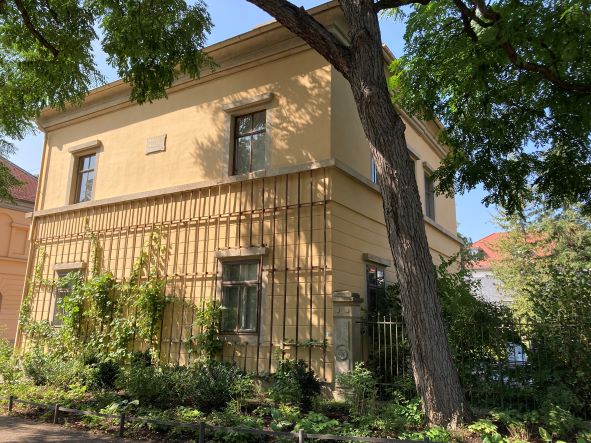
The admission for a normal ticket is EUR 3.50 (reduced ticket option EUR 2.00) (as of August 2022).
Opening hours:
| Summer period: Wednesday to Monday: | Winter period: Wednesday to Monday: |
| 10:00 am – 6:00 pm | 10:00 am – 4:00 pm |
How to get there?
The public bus no. 1 stops at the Bauhaus-Universität station. The Liszt House is just 50 meters away from the bus stop. As Weimar is a small city, I was walking through the park to the building. While walking through Marienstraße, you are passing by many faculties of Bauhaus University.
Let’s get inspired at Bauhaus Museum
In the end of 19th century, the artists Walter Gropius and Henry van de Velde expanded the previous notion of art. The art school was founded in 1907 in Weimar, the Bauhaus academy opened in 1919. The Bauhaus Museum shows the world’s most important design styles. My highlights during the visit were the works created by the movement’s founder Walter Gropius as well as the works by his students.
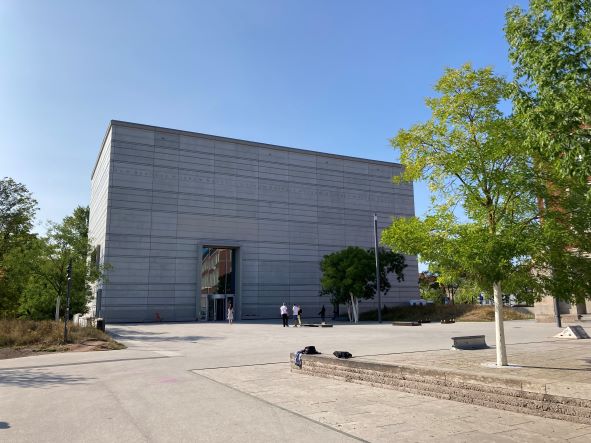
The admission for a normal ticket is EUR 10.00 (reduced ticket option EUR 7.00) (as of August 2022). If you are planning to visit also the Museum Neues Weimar, which is just across the street a combined ticket option may be preferable.
Opening hours:
Wednesday to Monday: 9:30 am – 6:00 pm
How to get there?
The public bus no. 2, 7 and 9 stop at the Ernst-Thälmann-Straße station. If you arrive by train, you pass by the Museum while walking into the city center.
Museum Neues Weimar – one of oldest public German museums
The Museum Neues Weimer (New Museum) is just across the street of the Bauhaus Museum. It was one of the first museums established in Germany and is the home of a permanent exhibition on early modern art. It also includes works with functional, elegant design of Henry van de Velde.
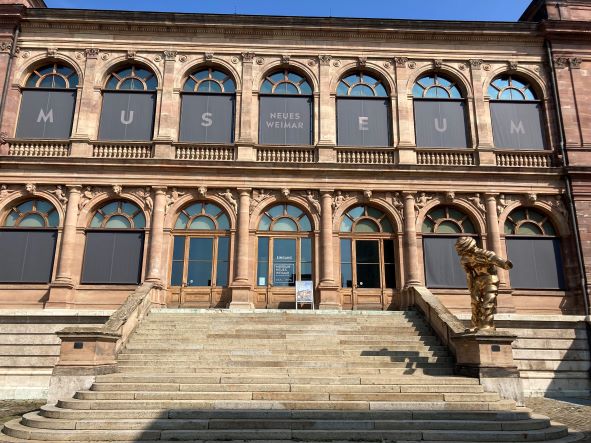
The admission for a normal ticket is EUR 8.00 (reduced ticket option EUR 6.00) (as of August 2022). If you are planning to visit also the Bauhaus Museum, which is just across the street a combined ticket option may be preferable.
Opening hours:
| Summer period: Wednesday to Monday: | Winter period: Wednesday to Monday: |
| 9:30 am – 6:00 pm | 9:30 am – 4:00 pm |
How to get there?
The public bus no. 2, 7 and 9 stop at the Ernst-Thälmann-Straße station. If you arrive by train, you pass by the Museum while walking into the city center.
St. Jacob’s Church
The Church of St. Jacob was built as a pilgrim’s church. In October 1806, Johann Wolfgang von Goethe and Christiane Vulpius married in the Church.
aioutravel tip:
After entering the Church turn to the right and take the steps. You can experience the watchman’s flat as well as an exceptional panoramic view of Weimar. The view is only 123 steps away! You can climb the tower for free and are just kindly ask for a small donation.
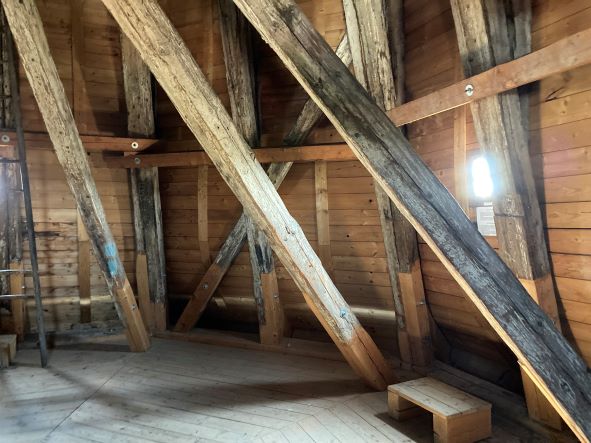
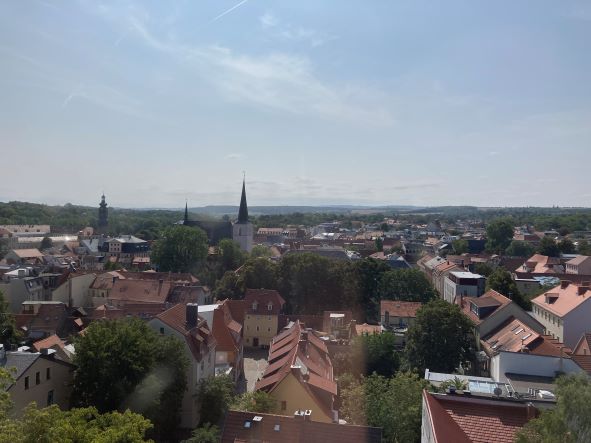
Schiller Residence
Not only Goethe lived in the city Weimar, also did playwright Friedrich Schiller. Both developed a friendship and Schiller moved to Weimar.
In 1802, Friedrich Schiller and his family moved in the residence. Friedrich Schiller spent his last three years in the residence. He wrote the famous plays “William Tell” and “The Bride of Messina” in the house. Visiting the building, the original desk and bed are displayed in the residence.
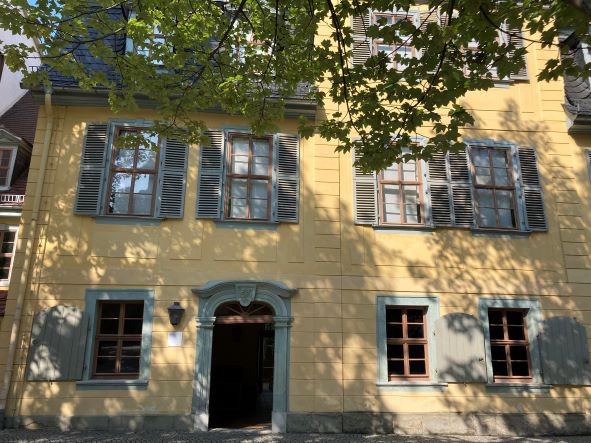
Opening hours:
| Summer period: Tuesday to Sunday: | Winter period: Tuesday to Sunday: |
| 9:30 am – 6:00 pm | 9:30 am – 4:00 pm |
Monument Goethe und Schiller
The monument of Goethe and Schiller is one of the most famous ones in Germany. It was created in 1857 by the Dresden born sculptor Ernst Rietschel. You will find it directly in front of the Weimar theatre.
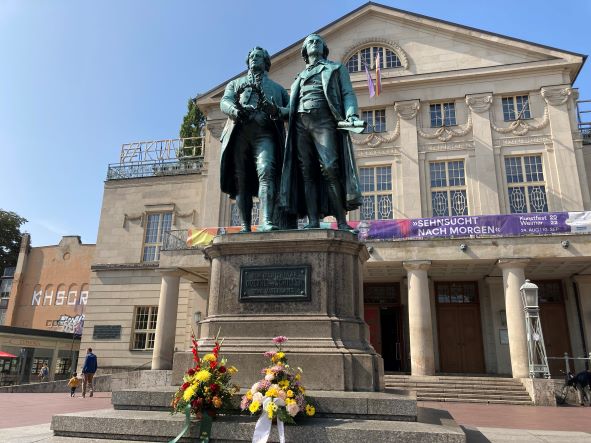
aioutravel tip:
Did you know that Goethe measured 1.69 meters and Schiller 1.90 meters? To appreciate the successful collaboration and their reputation the sculptor Ernst Rietschel placed both poets next to each other at eye level. Have a look to the monument in detail.
Eat & Drink
Food specialities
Weimar offers good food options. However, it is not as diverse as in other big German cities such as Berlin or Munich.
Thuringian Rostbratwurst
The crunchy Thuringian Rostbratwurst is a sausage made from pork and seasoned with pepper, salt, marjoram and caraway seeds. According to an EU regulation, the sausage must be at least 15 centimetres long.
Asian Food
In Weimar good Chinese restaurants are difficult to find. As you may visit Weimar as a day trip, you can enjoy delicious Asian Food in other cities within Germany.
If you feel like you want to have a well-known drink, you can find Bubble Tea in 12S Bubble Tea café. Grab a Bubble Tea and sit in the comfortable seat in the café. The address is: 99423 Weimar, Jakobstraße 16.
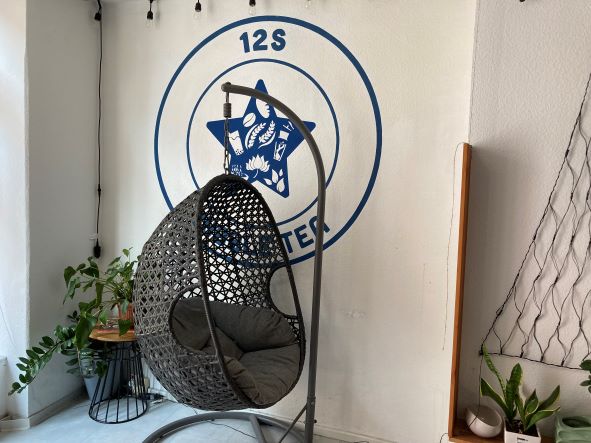
Have you been to Weimar before?
Which places did you enjoy the most? Do you have any insider tips or maybe a question about the journey or the accommodations? Just leave a comment. I am looking forward to it.
If you decided to stay at one of the places described, I would love to hear your feedback after your stay.
